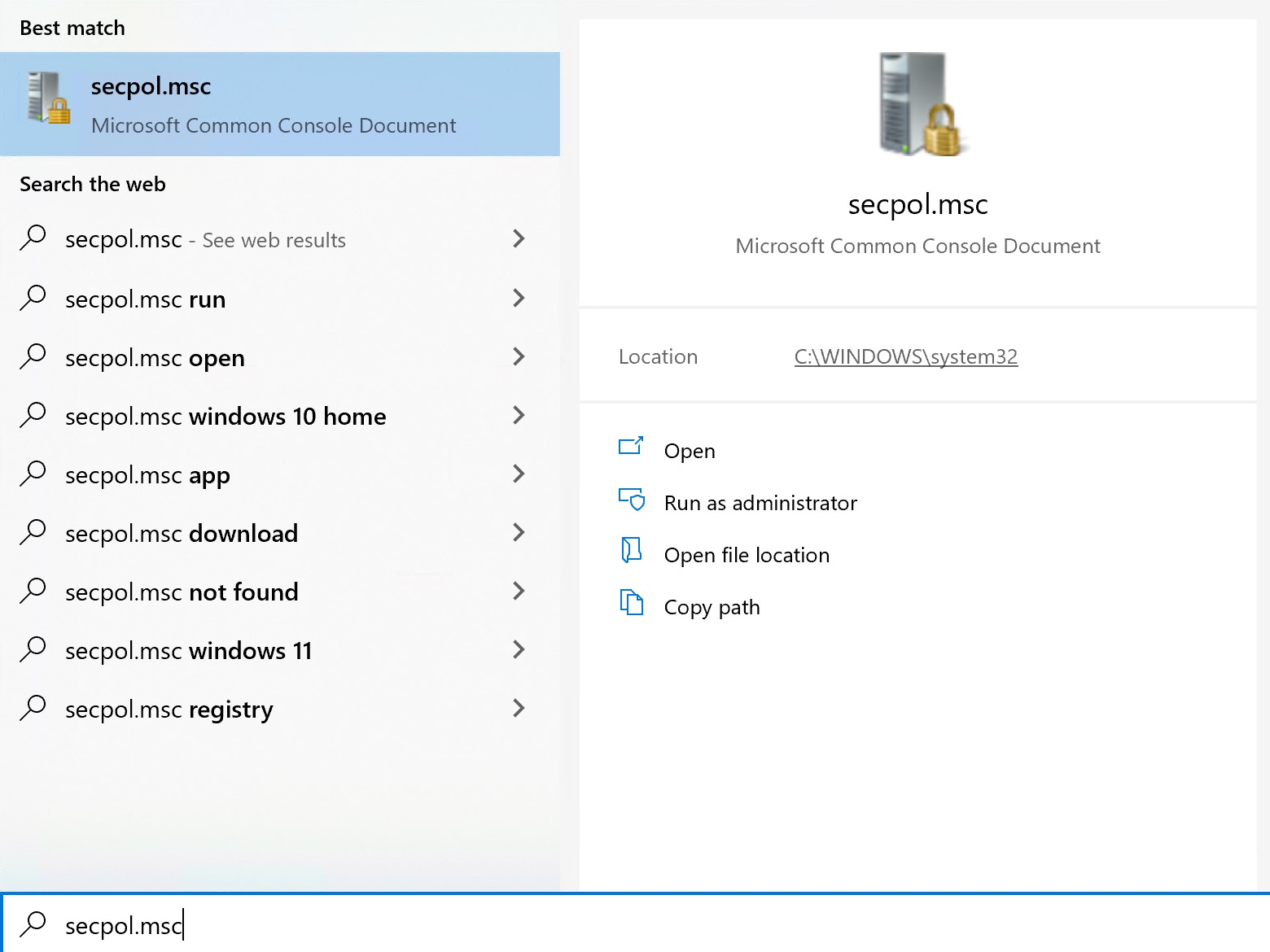Locked Up
It seems lately that every time I get someone to enable lock pages in memory on a server with a lot of memory, things change for the better.
Not because SQL Server is some how holding onto memory better, but because it gets direct access to physical memory without having to muck about with a bunch of virtual memory first. SQL Servers with large amounts of memory can especially benefit from this setting, because it allows them to access memory via a different API. The easy way to think of it is that SQL Server will get direct access to physical memory, instead of virtual memory.
Allocates physical memory pages to be mapped and unmapped within any Address Windowing Extensions (AWE) region of a specified process.
The AllocateUserPhysicalPages function is used to allocate physical memory that can later be mapped within the virtual address space of the process. The SeLockMemoryPrivilege privilege must be enabled in the caller’s token or the function will fail with ERROR_PRIVILEGE_NOT_HELD.
I generally advise people with good chunks of memory to enable this setting. There are very few good reasons not to on big boxes, and that’s why it should be called out in the installation process. Enabling it later means rebooting, and that sucks.
Let’s figure out if we’re using that setting!
SELECT
locked_page_allocations_gb =
CONVERT
(
decimal
(38, 2),
dopm.locked_page_allocations_kb / 1024. / 1024.
),
large_page_allocations_gb =
CONVERT
(
decimal
(38, 2),
dopm.large_page_allocations_kb / 1024. / 1024.
),
memory_model =
(
SELECT
dosi.sql_memory_model_desc
FROM sys.dm_os_sys_info AS dosi
)
FROM sys.dm_os_process_memory AS dopm;
This will tell you how many gigs of pages and large pages are currently locked in memory, along with the memory model in use for your server.
Most common are:
- Conventional (boo, probably)
- Lock Pages (yay, definitely)
You may see large pages if you use lock pages in memory alongside trace flag 834, but that’s less common.
In my experience, you’ll see large page allocations even without that trace flag if column store indexes are in use. There may be other factors, but that’s what I’ve noticed.
Locked Down
If you’re into PowerShell, you can use this command from dbatools to set “LPIM”.
I usually go in the ol’ fashioned way.
The first thing you need to do is get the login that SQL Server uses. You can get this from:
- SQL Server Configuration Manager
- The Services control panel
- The below query
SELECT
dss.servicename,
dss.service_account
FROM sys.dm_server_services AS dss;
I don’t care which one you use. I think the control panel route is more reliable, because like 9000% of the time when I search the *&^(*&% search bar for configuration manager it can’t find it, and then when it does you get some snap error.
So, services it is. Copy that haughty chieftain down somewhere. Then type “secpol.msc” into the search bar, because somehow Windows can always find that.

Click on “User Right Assignment”, Then find the “Lock Pages In Memory” entry in the Policy list, and pop your SQL Server login in there.

Cool. Great. You’re done, right?
Wrong. You need to recycle SQL Server services for it to kick in.
But you can do that whenever, right?
SQL Server 2019 And Up?
If you’re using a somewhat modern version of SQL Server, you can use SQL Server Configuration Manager to add this setting in.

Thanks for reading!
Going Further
If this is the kind of SQL Server stuff you love learning about, you’ll love my training. I’m offering a 75% discount to my blog readers if you click from here. I’m also available for consulting if you just don’t have time for that and need to solve performance problems quickly.
Related Posts
- Common SQL Server Consulting Advice: Setting Target Recovery Interval
- Common SQL Server Consulting Advice: Setting Instant File Initialization
- Common SQL Server Consulting Advice: Setting Min Server Memory And Max Server Memory
- How To Find Poorly Performing SQL Server Queries To Tune Using Query Store
Got a ballpark on what “a lot of memory” means, aside from “it depends”? 🙂
Assuming not a cloudy type server…
A guess I would have is in the hundreds of gb. I would think the main concern is throttling the os or other services on the device.
Right, that’s why you have to set max server memory correctly. I talked about that in yesterday’s post.
I was thinking exactly the same question … to some people 32GB is “a lot” … others 12GB might be “a lot”. And Erik has probably seen all sorts of memory configurations when consulting 😀
I do wonder though … if Lock Pages in Memory allows greater access to physical memory … how does this work in virtualised environments (e.g. VMWare/HyperV) ? There’s another layer between SQL and any physical RAM. 🤔🤔
I usually start doing the LPIM safety dance on >128GB.
🤣🤣🍺🤣🤣🍺🍻
Isn’t AWE a crappy old win tech from prehistoric 32bit times that didn’t change a bit since like 90s? It bugs me how’s it still faster in allocating mem.
My favourite life hack for getting the service account, if xp_cmshell is enabled is: EXEC xp_cmdshell ‘whoami’;
I also wonder if enabling this setting could be problematic for virtualized SQL Servers (2016) in a VMWare ESX environment.
As long as your VM hosts aren’t oversubscribed you should be fine.
Thank you.
ha. Fat chance.
how do you check for oversubscribed VMs?
You have to look at the VM host to see how many guests are on there and what their hardware allowances are.
Thank you Erik.
Will do.
Any downside to setting the LPIM right to the SQL Server Service Identity instead of directly to the account?
I.e. NT SERVICE\MSSQLSERVER etc.
You want to grant it to the account SQL Server runs with. That’s the important part.